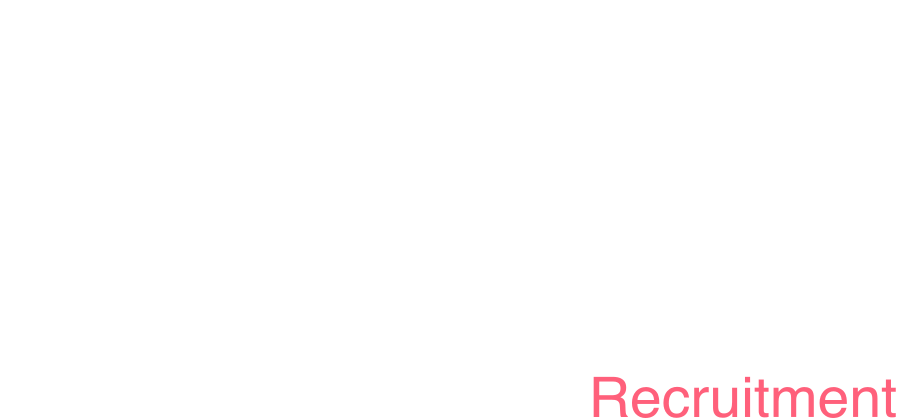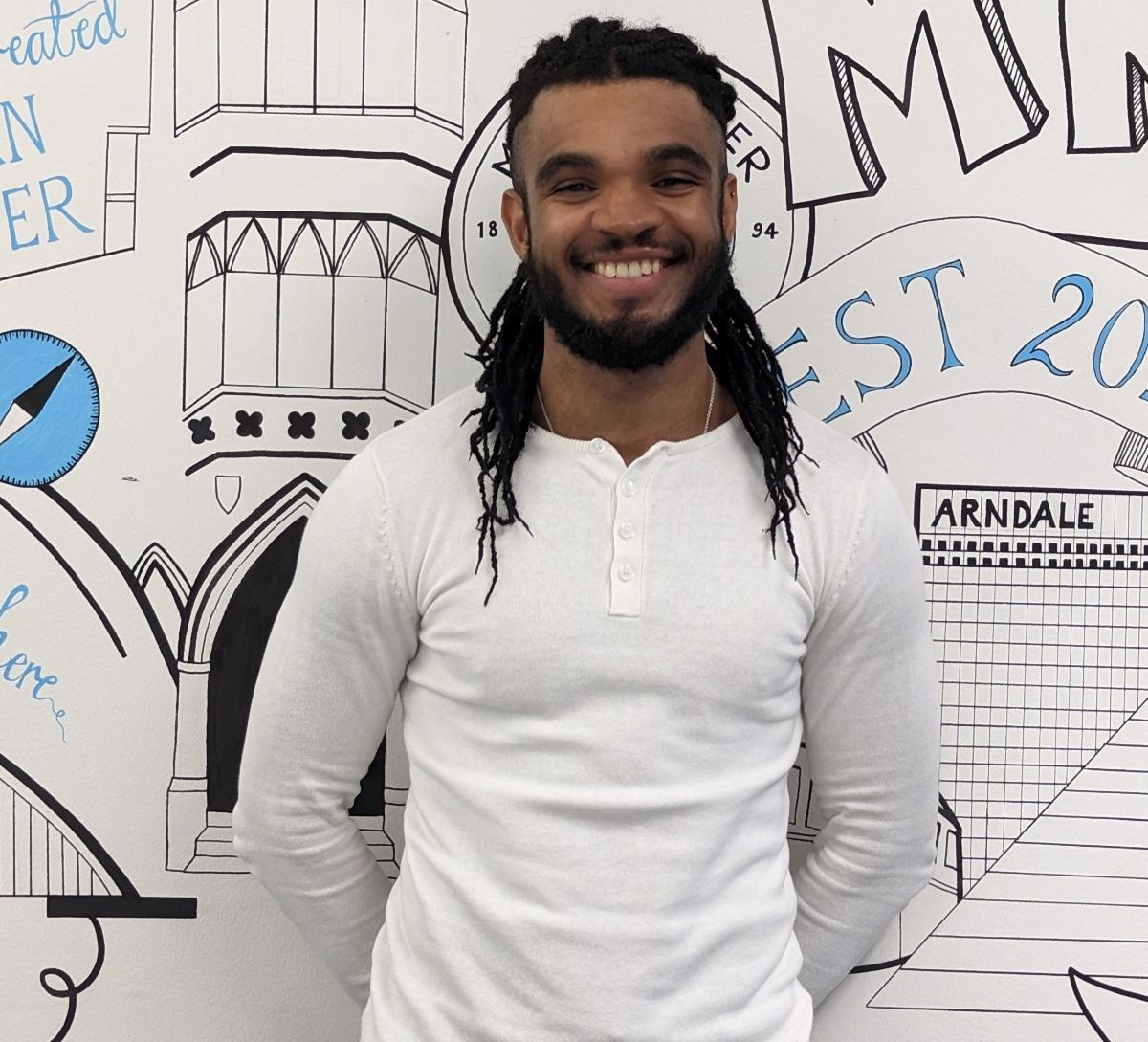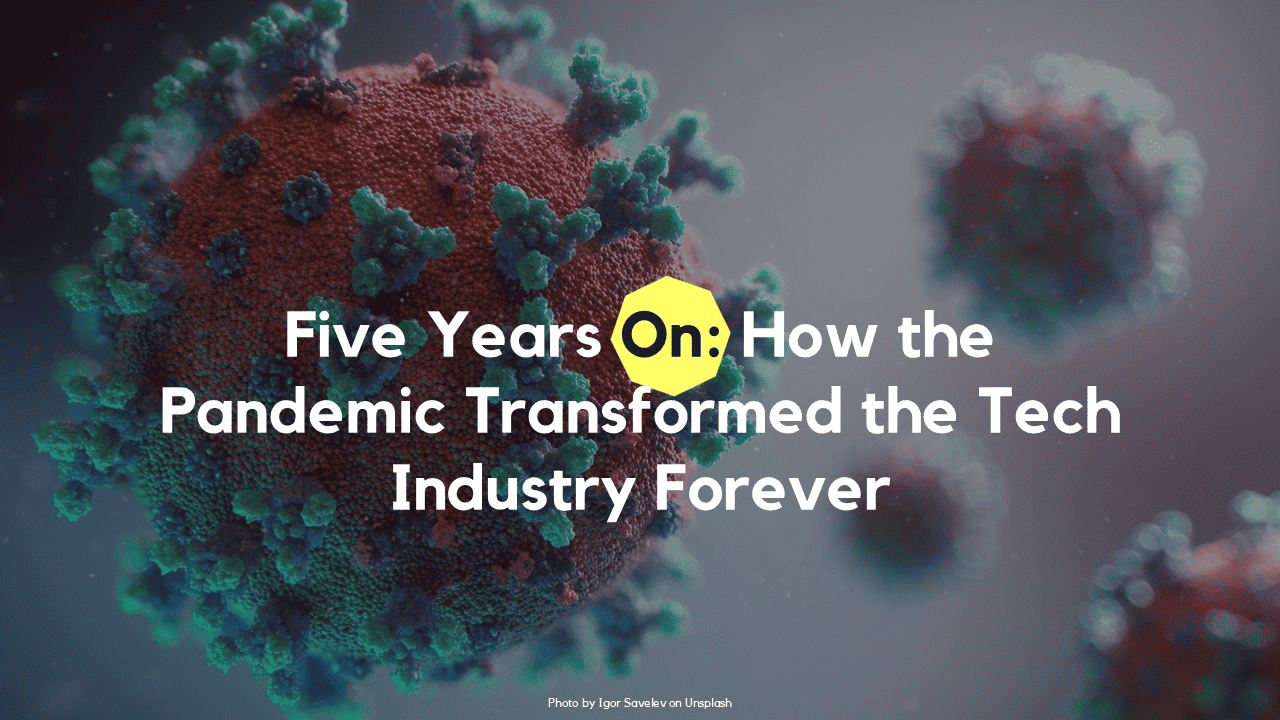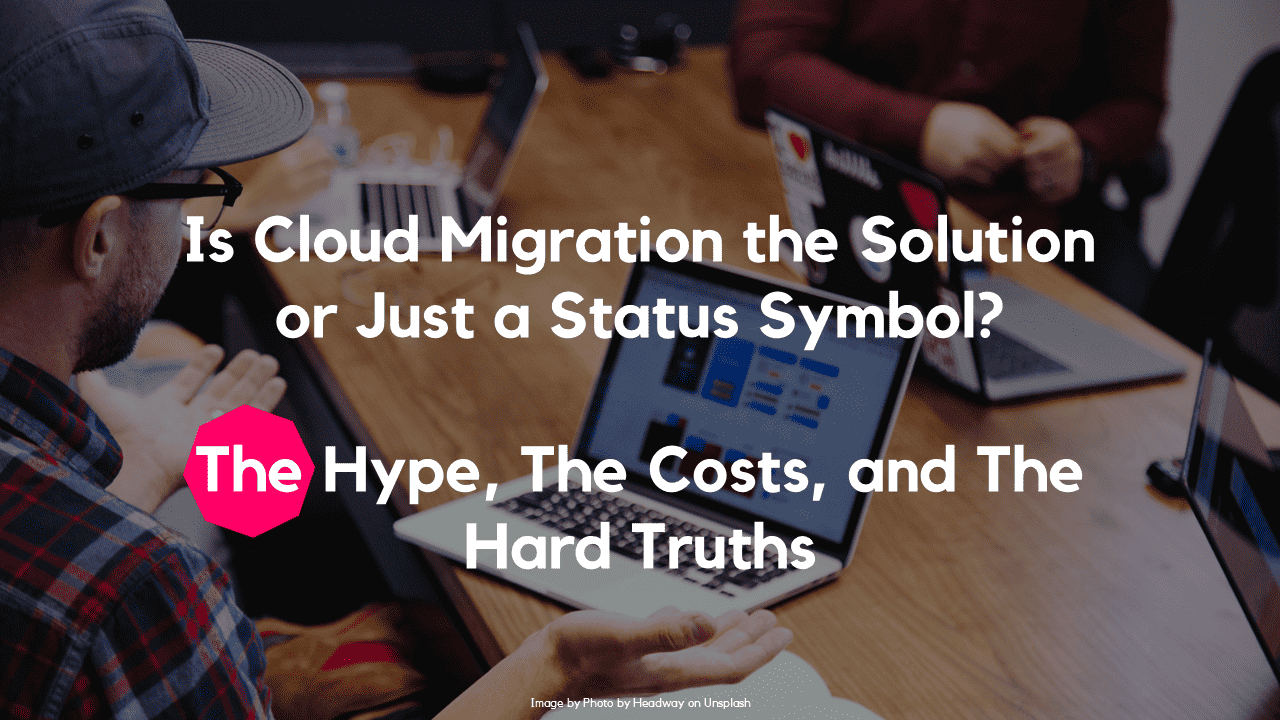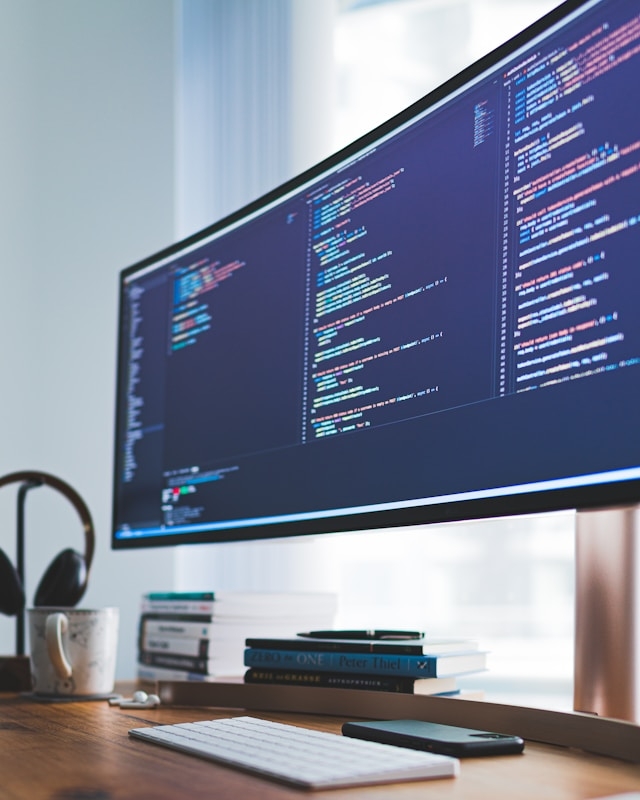EVENT RECAP - Tech Meet-up Summit - Emerging Trends
26 Jul, 20233 minutesAn OverviewHad a fantastic time last Friday attending DevMonkey’s first Tech Meet-up S...

An Overview
Had a fantastic time last Friday attending DevMonkey’s first Tech Meet-up Summit at the Pendulum Hotel – Conference in Manchester ⚙️⚙️⚙️
Advertised as: “Bringing together tech enthusiasts, entrepreneurs, and innovators to explore the latest trends in the industry” the event was designed to appeal to tech enthusiasts of all levels “from Devs to Techies and everyone else in between that wish to connect with like-minded individuals and learn from industry experts through engaging talks and interactive workshops”
The event was hosted by the charismatic Kwame Gyimah, an associate Member of the British Computer Society (AMBCS) and two other talented speakers from the same company, Betfred - Sharp Gaming.
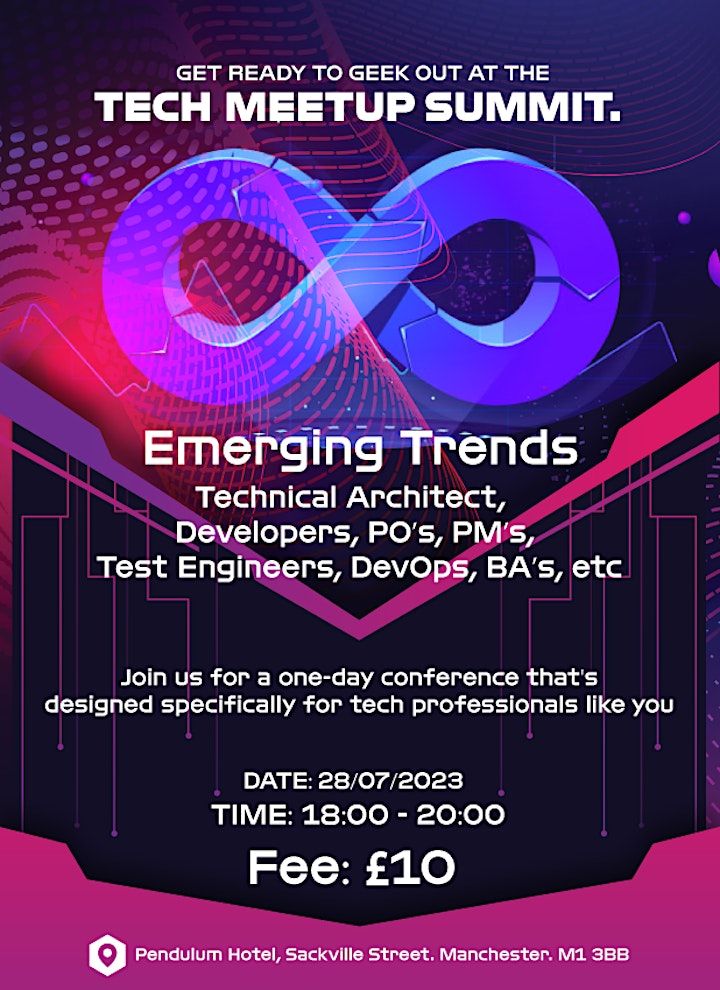
Taking to the stage and conducting talks included:
Jayraj Mody a highly accredited, PRINCE2/MSP certified Gaming Technical Architect
Barry Carter an esteemed Principal Platform Engineer and DevOps enthusiast with 20 + years’ experience
The pair of speakers complemented each other’s expertise with their presentations offering varying perspectives and insights into the tech world.
First Talk
Jayraj’s presentation (his first at a networking event) was built around a timeline of IT architectures and how, whilst they have evolved since their inception, have all maintained the same core roots together.
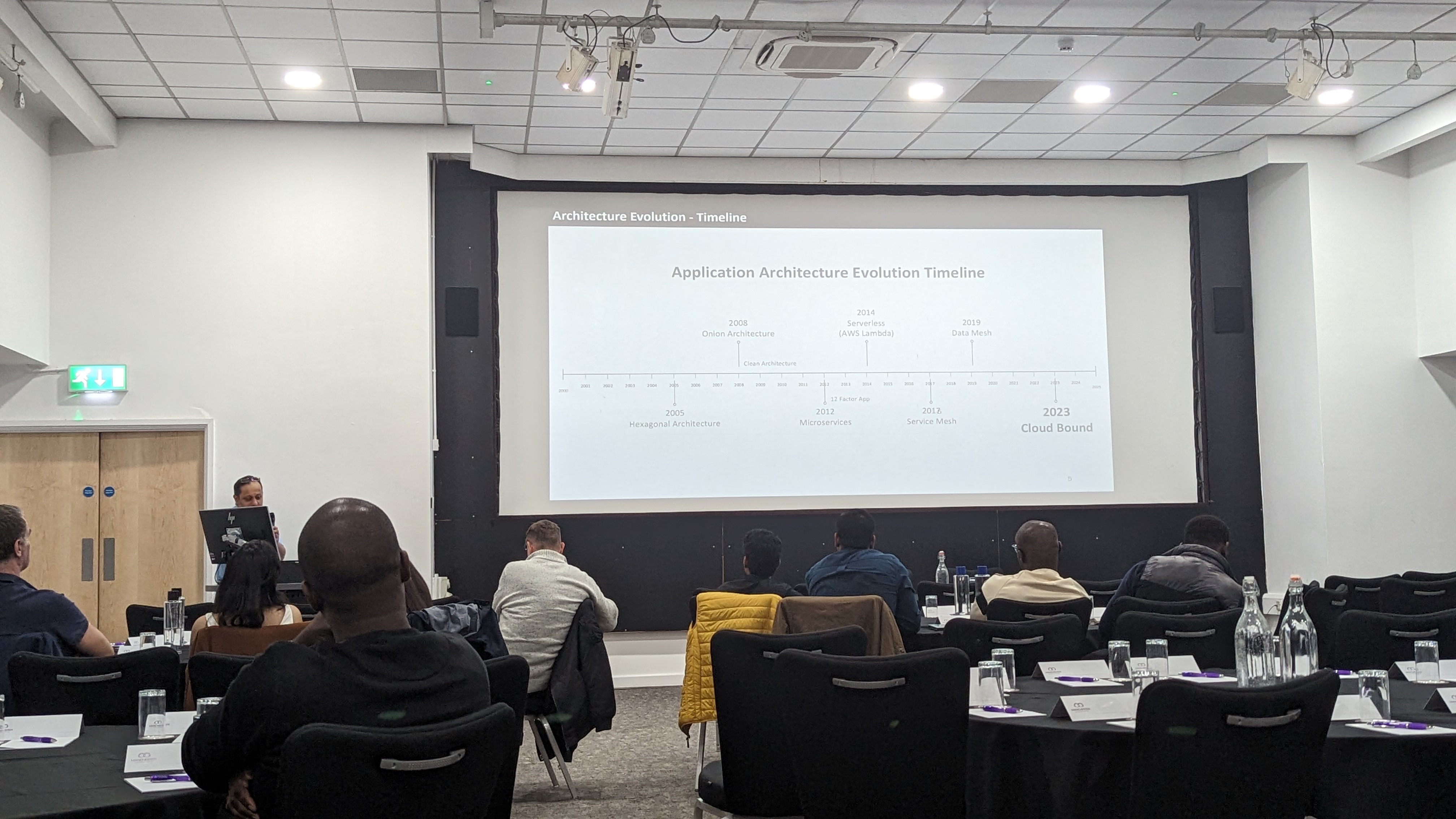
Jayraj's presentation began with a historical overview, delving into the earliest forms of IT architectures and how they laid the foundation for the complex and interconnected architectures we see today. From Hexagonal Architecture and Onion Architecture to Microservices (12 factor), Serverless (AWS Lambda), Service Mesh, and Data Mesh (the data domain framework), the talk offered insightful overviews into the main components of each.
As the timeline progressed, and we began to approach the present day, Jayraj ended with an exploration of Cloud Bound App Architecture, its key tenants, lifestyle hooks & deployment policies and how it is poised to remain a dominant approach for many years to come.
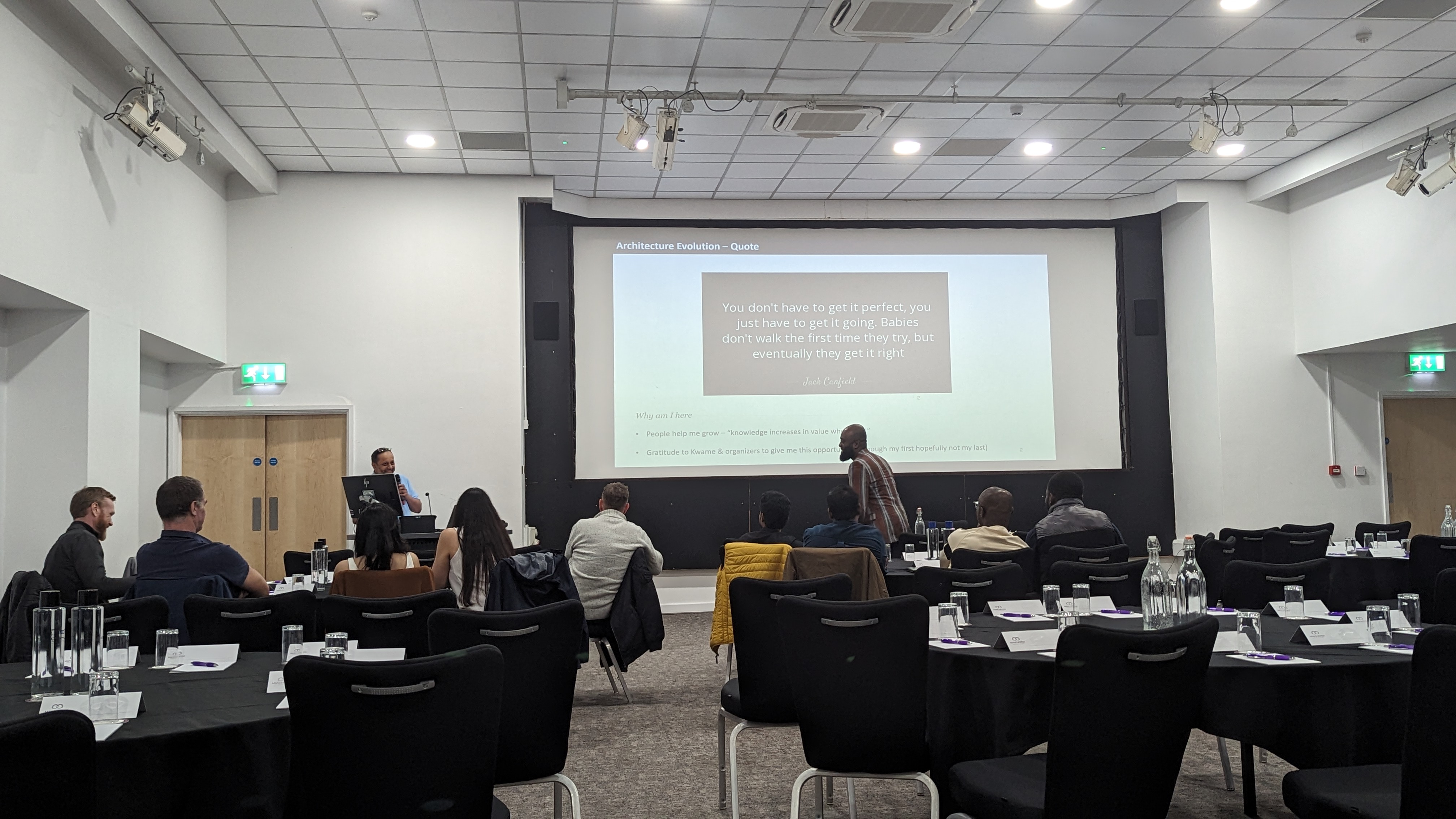
Overall, his presentation was a well-thought out examination of architecture evolutions that clearly demonstrated the differences and common threads that tie all of them together.
Continuing with the evening, while Jayraj focused on a specific niche topic, Barry took a broader approach in exploring emerging trends in DevOps, with a particular focus on the growth, fear, and trajectory of AI.
Of the two presentations, I would say this was the one that was the most catered to the widest pool of people with AI, as the talk of the town now, being obviously the tech most applicable to people.
Second Talk
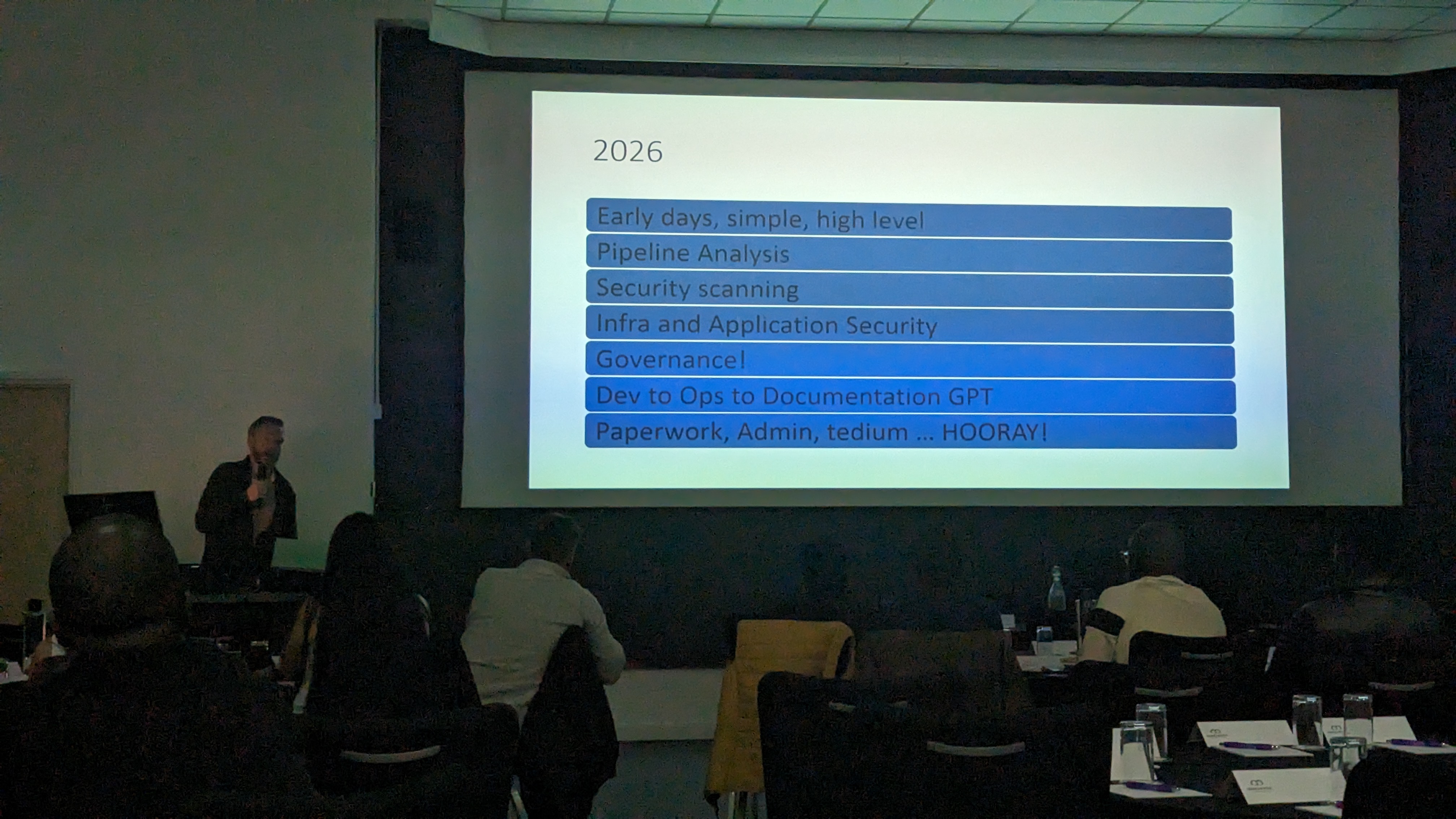
Concluding with an overall timeline of his predications for AI from present day into 2026, it was a really interesting presentation! With some great stats added in from stackoverflow:
• 33% see increasing productivity as the most important benefit of using Al tools as part of a development workflow
• 77% feel favourable towards using Al tools as part of their development workflow-but we do see some differences between groups
• 70% are already using or plan to use Al tools in their development process: 44% use Al tools now and 26% plan too soon
